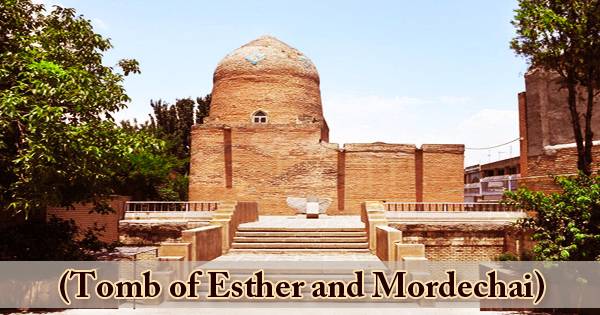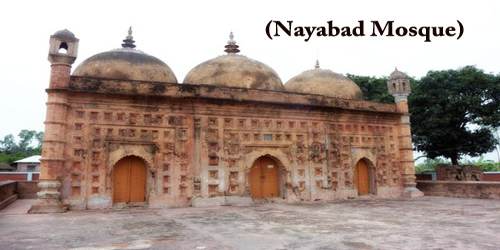Hagia Sophia, officially the Hagia Sophia Grand Mosque (Turkish: Ayasofya-i Kebir Cami-i Şerifi) and the former Hagia Sophia Church, an important Byzantine building in Istanbul, Turkey and one of the great monuments of the world. Established in 537 as the patriarchal cathedral of the imperial capital of Constantinople, it was the largest Christian church of the eastern Roman Empire (the Byzantine Empire) and the Eastern Orthodox Church, except during the Latin Empire from 1204 to 1261, when it became the city’s Roman Catholic cathedral. Mehmed II had it repurposed as a mosque after the Turkish conquest of Constantinople in 1453, with the addition of a wooden minaret (on the outside, a tower used for the invocation of prayer), a wide chandelier, a mihrab (niche indicating the direction of Mecca), and a minbar (pulpit). It was founded as a museum in 1935 by the secular Turkish Republic (Kemal Atatürk). Hagia Sophia was declared a part of the UNESCO World Heritage Site called the Historic Areas of Istanbul in 1985, which includes the other major historical buildings and locations of that city. It was re-opened in 2020 as a mosque. In a great hurry, they designed Hagia Sophia, finishing it in less than six years. In contrast, it took nearly a century for medieval architects to build the cathedral of Notre Dame in Paris. One of the greatest remaining examples of Byzantine architecture is Hagia Sophia. Its interior is decorated with mosaics and pillars of marble and coverings of great artistic merit.

(Inner view at Hagia Sophia)
In the center of the Sultanahmet district, across from the Blue Mosque and a short walk from the Topkapi Palace, Hagia Sophia dominates Istanbul’s skyline. Hagia Sophia is a masonry building firm. There are brick and mortar joints in the frame that are 1.5 times the width of the bricks. A mixture of sand and minute ceramic parts are composed of the mortar joints, distributed uniformly around the mortar joints. In Roman concrete, a precursor of modern concrete, this mixture of sand and potsherds was commonly used. There are 40 windows beneath the dome with sunlight flowing in. The sunlight from the windows surrounding its lofty cupola, coating the interior and irradiating its gold mosaics, appeared to dissolve the solidity of the walls, producing an aura of ineffable mystery. The vast interior has an intricate structure. The nave is enclosed by a central dome that is 55.6 m (182 ft 5 in from the floor and stands on an arcade of 40 arched windows at its height. Repairs to its construction left the dome somewhat elliptical, ranging in diameter from 31.24 to 30.86 m (102 ft 6 in and 101 ft 3 in). Hagia Sophia’s four minarets, the Sibyan (elementary school fountain, the clock room, and the treasury building are iconic features of the daring architecture of the structure. Situated outside the house, the mausoleums of the Ottoman Sultans are equally fascinating to visit. The main entrance between the Exo- and Esonarthex was the Imperial Gate. It was reserved for the Emperor exclusively. Christ and an unidentified emperor are portrayed in the Byzantine mosaic above the portal. A long ramp leads up to the upper gallery from the northern portion of the outer narthex. Modern-day tourists will remember that there are two floors of the Hagia Sophia, the ground floor and a gallery above. The existence of the two levels may mean that when services were held at the cathedral, people were arranged according to gender and class.
















